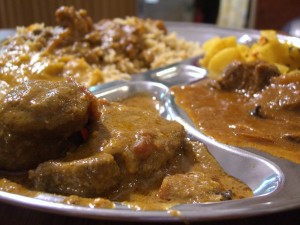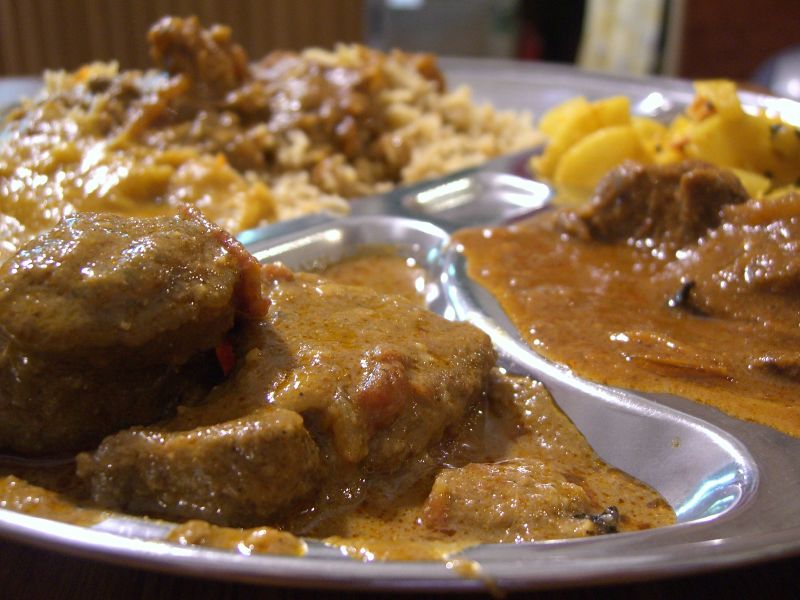There is no hiding from the fact that diabetes and heart disease are on the rise.

Although this is a global phenomenon but for Pakistan in particular, the inclining trend is among the sharpest. It is no doubt that stress is a proponent for these chronic illnesses but nonetheless there is no denying that dietary habits have also played a major role in compounding the problem.
In the UK, the “Diabetes time bomb” is among the many buzz words alongside “global warming” that act as a warning signal for expediting public and political discourse on this issue. The Diabetic time bomb tells of an impending public health disaster. It forecasts 5 million people are to develop the disease in the UK by 2025. Only by citing such figures the public consciousness is jolted and imagination is grasped.
The sugar consumption in Pakistan is among the highest in the region (Pakistan 23.1 kg, India 18.3 kg World average 18.3)[1]. One can compare that with Japan where sugar consumption is lower (16.0 kg per capita) and axiomatically diabetes rates are low. It should also be noted that unlike countries like Japan where average sugar consumption would be spread out evenly across the board, Pakistan would have a very different profile. Due to disparity of wealth, sugar consumption would be more skewed toward the middle and upper middle classes in Pakistan. So swift action is required to address our addiction towards sugary foods.
The second problem is the growing love affair with oily and deep fried food. About two decades ago, rich festive food like “Biryani” and “Korma” would be an occasional affair. Now it represents a staple diet for many. Even more troubling is the fact that Pakistan has fallen out of love with vegetables and green produce. Salads are only fashionably served at dinners and hardly consumed.
Our taste buds are getting hardwired in appreciating only certain types of food. Interestingly, if a list is complied of foods that are most commonly appreciated, they can be classified in just one category, Acidic (see table below). This too is having severe consequences on our bodies.
The research on Alkaline and Acidic food has never caught mainstream attention. However, it has been picked up by several medical experts and over the years many independent research papers have been published. It has been concluded that a healthy diet should include 60-80% alkaline foods and only 20-40% acidic foods [2]. Our diets are exactly opposite.
It is has been ascertained that by constantly eating acidic food we are overworking our organs, particularly the liver and kidneys. To maintain the blood pH levels, alkaline mineral are extracted out of bones and muscle mass. This in the long term is extremely detrimental to not only our bones and muscles but to our overall immune system. In some cases it can also cause acidosis. It is important to note that this is just the added affect of having a sugar rich, fatty diet (both being acidic); we have already discussed diabetes and heart disease.
It was not very long ago when food wasn’t just cooked to pleasure our taste buds. It was cooked for a balanced nutrition. The Urdu term for spice is “Masala”. If one observes, it is written in Urdu as “Masalaha”, which is derivative of the word “Mas-lahat” or compromise. Thus reminding us that spices in the subcontinent were not just added for flavouring but also to balance the acidity. Although we would not be aware of the concept in scientific terms such as pH levels, but we did indeed understand it as “Taseer” (Urdu, trans: after-effect).
It is through the concept of Taseer that a remedy to counteract the ill effects of mango is well practiced in the subcontinent. Jamun (Syzygium Cumini) is widely used to naturally balance out acidity of the mango. Old wise ladies still preach about taseer particularly when certain diets are recommended during an illness, but generally it’s a tradition that is getting lost.
In addition to acidic diets, our binge eating habits also need to be curbed. Not only just in the upper but also in the middle classes, the portion of food has Americanized. An interesting quote that is worth mentioning here is “When you fast, your body becomes your soul and when you eat, your soul become your body”. A reduction in the quantity of food would go a long way in getting us active and shipshape.
Thus to avoid Diabetes, heart disease, fatigue and a weakened immune system, the silver bullet is an alkaline diet. It is no wonder that the average age of a Pakistani is only 2/3 the life span of a person in a developed country. We need to honestly assess and re-learn to treat our bodies better. Moderation is the key rule we need to adhere to.
List of Acidic and Alkaline food [3]
| Acidic Foods | Alkaline Foods |
| Flour, Wheat | Vegetable |
| Meat | Leafy Greens |
| Fish | Non sweet Citrus |
| Corn | Sprouts |
| Pizza | Fresh Vegetable Juice |
| Fruit Juice and Soda | Ginger Garlic |
| All Sugar | Almonds, walnuts and pecans |
| Chocolate | |
| Coffee and Tea | |
| Dairy, egg | |
| Fried Food |
Article written for www.DAWAAI.pk
Photo Courtesy: Alpha: Flickr
[wysija_form id=”3″]
Also worth reading: How we became addicted to Sugar
References







Bijli Pani Gas to hai nahi, mujh say meri NIHARI bhi lay lo…
Just kidding, our diet certainly need rectification.
Does the concept of Thandi-Taseer & Garm-Taseer roughly coincide with acidity and alkalinity of food?
Well pointed out. garam taser is acidic and Thandi taseer is alkaline
This issue can not be overemphasized….one would expct urbanization being the cause of the rising trend of diabetes however figures of our rural areas are also alarmingly high
[…] More on balanced diet can be accessed here […]